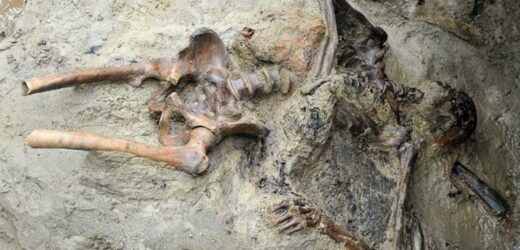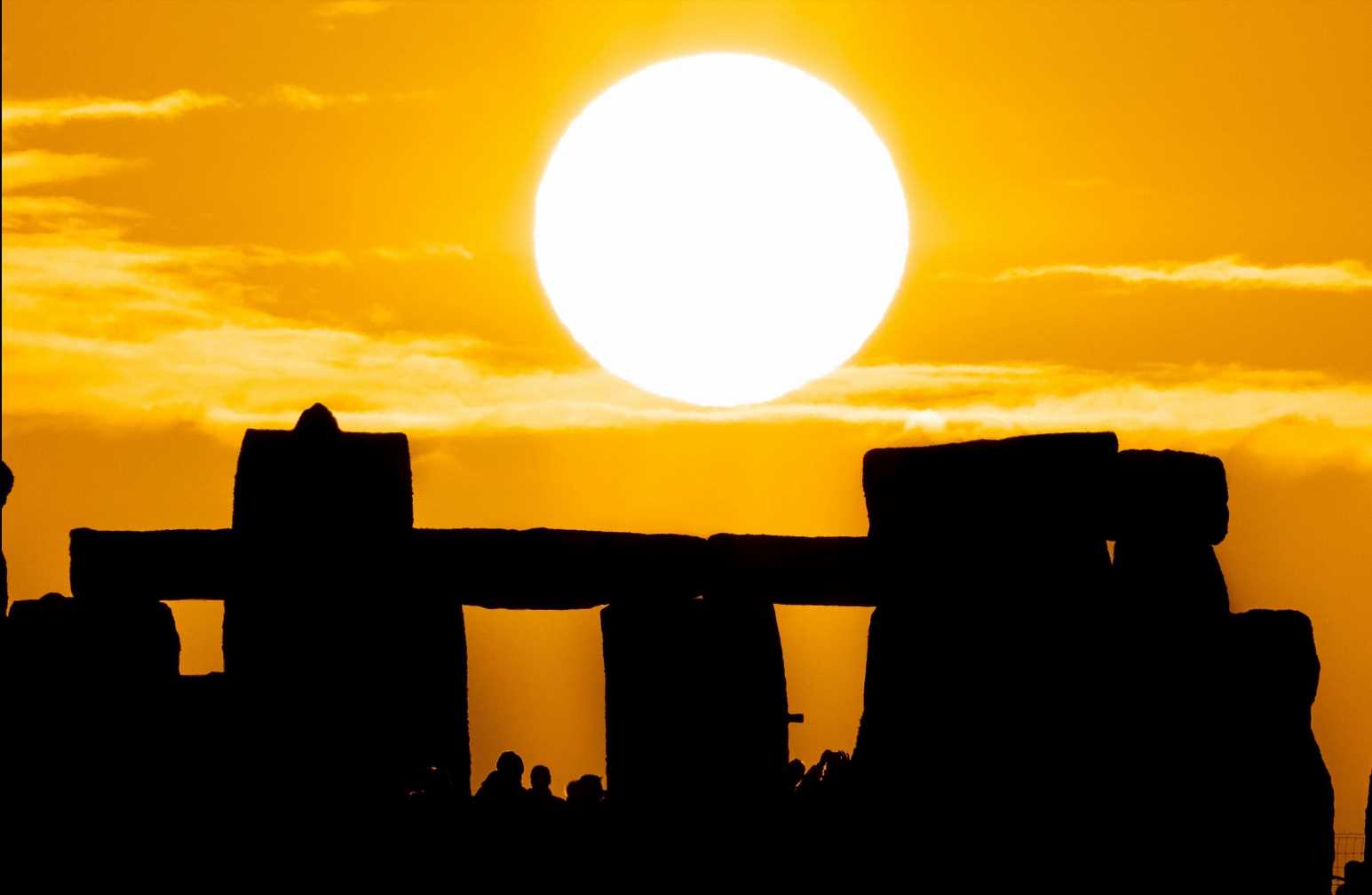Pompeii: Expert discusses discovery of wall inscriptions
We use your sign-up to provide content in ways you’ve consented to and to improve our understanding of you. This may include adverts from us and 3rd parties based on our understanding. You can unsubscribe at any time. More info
The remains were found at an ancient beach at Herculaneum and it has been suggested that he was running to try and escape land. The man perished just steps from the sea in the ancient Roman town, which was destroyed by the massive eruption of Vesuvius in 79 AD along with the Roman city of Pompeii.
Archaeologists believe that the man was running from the “boat sheds” in the town, which are stone arches that are used to store nets and fishing equipment
Unfortunately, he didn’t make it far and was overcome by the searing “pyroclastic” cloud that erupted from the volcano as it engulfed Herculaneum at a speed of more than 60 mph.
Francesco Sirano, the director of the Herculaneum Archaeological Park, told Live Science: “When the pyroclastic cloud arrived, the temperature was above 500C – it was very, very hot.
“It was so hot that everything living was vaporised immediately, like this man.”


The man’s skeleton shows that he was facing away from the sea and toward the land when he fell on his back.
Mr Sirano believes that this may be because he had turned to face the onrushing cloud of hot gas and volcanic debris.
As the gas hit him, killing him immediately, the pyroclastic cloud then likely carried the body to the edge of the water along the ancient beach and maybe into the shallows.
Mr Sirano feels confident that analysis of the remains of the man will reveal a snapshot of the tragedy that will hopefully reveal new insights into the eruption and everyday life in the ancient town.

This is the first victim that archaeologists have uncovered in 14 years, giving them the perfect opportunity to apply some of the latest scientific and technological techniques to study Pompeii, including 3D photogrammetry, of every phase of the excavation.
The last time it erupted was in 1944, seven months after the Allied invasion of Italy, meaning that Vesuvius is an extremely active volcano.
Vesuvius is considered to be one of the most dangerous in the world, not only due to how active it is, but because three million Italians live close enough to it to be affected by a future eruption.
Half a million people live even closer than the rest in what is known as the “danger zone”, making it the most densely populated volcanic reign in the entire world.
The Italian government is so concerned about Vesuvius that it is actively trying to get people to move away from the dome’s vicinity.
Officials are creating a national park around the volcano that no one will be allowed to live in.


The Italian government is so concerned about Vesuvius that it is actively trying to get people to move away from the dome’s vicinity.
Officials are creating a national park around the volcano that no one will be allowed to live in.
Source: Read Full Article


